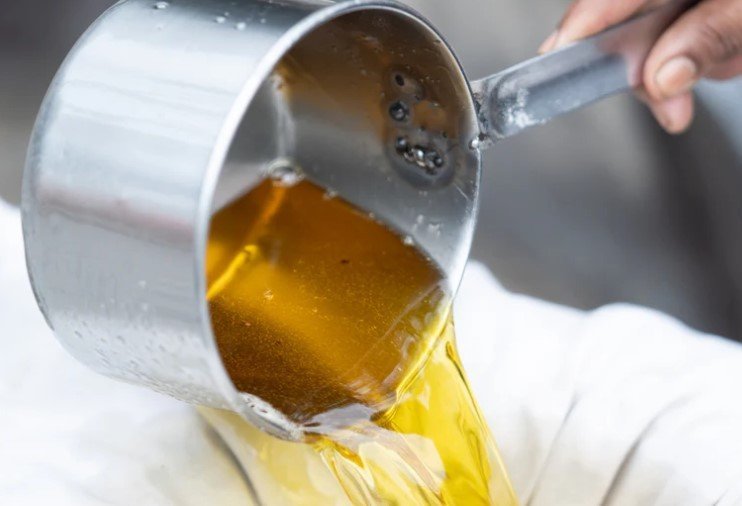The Ultimate Guide: How to Use Ghee for Skin Whitening
How to use ghee for skin whitening
Introduction
Ghee, a staple in Indian cuisine and Ayurvedic medicine, has gained popularity worldwide for its potential health and beauty benefits. Among its many uses, ghee is believed to promote skin whitening, helping to reduce dark spots, hyperpigmentation, and uneven skin tone. In this comprehensive guide, we'll explore how to use ghee for skin whitening effectively, providing tips, techniques, and DIY recipes to help you achieve a brighter, more radiant complexion.
Understanding Skin Whitening with Ghee
What Is Skin Whitening?
Skin whitening, also known as skin lightening or bleaching, refers to the process of reducing melanin production in the skin to achieve a lighter complexion. While some people seek skin whitening for cosmetic reasons, others may do so to address hyperpigmentation, dark spots, or uneven skin tone caused by sun exposure, hormonal changes, or other factors.
The Role of Ghee in Skin Whitening
Ghee is rich in fatty acids, vitamins A, D, E, and K, and antioxidants, which help nourish and hydrate the skin. Regular use of ghee topically can moisturize the skin, improve its texture and appearance, and promote a brighter, more even complexion. Additionally, the anti-inflammatory properties of ghee can help soothe irritation and redness, making it suitable for sensitive skin.
How to Use Ghee for Skin Whitening
Topical Application
To use ghee for skin whitening, start by cleansing your skin thoroughly to remove any dirt, oil, or makeup. Then, warm a small amount of ghee between your palms and gently massage it onto your face and neck, focusing on areas of concern such as dark spots or hyperpigmentation. Leave the ghee on overnight for best results, and rinse off in the morning with lukewarm water.
Ghee Face Masks
Another way to incorporate ghee into your skincare routine is by using it in DIY face masks. Combine ghee with other natural ingredients like turmeric, lemon juice, honey, or yogurt to create a nourishing mask that can help brighten the skin and reduce the appearance of dark spots over time.
Tips for Using Ghee Safely and Effectively
Patch Test
Before using ghee on your entire face, it's essential to patch test it on a small area of skin to check for any adverse reactions or allergies. Apply a small amount of ghee to the inside of your wrist or behind your ear and wait 24 hours to see if any redness, itching, or irritation occurs.
Consistency is Key
Consistent use of ghee is essential for seeing results. Incorporate ghee into your skincare routine daily or several times a week to promote skin whitening and achieve a brighter, more even complexion over time.
Conclusion
Ghee, with its moisturizing, nourishing, and anti-inflammatory properties, offers a natural and gentle approach to skin whitening. By incorporating ghee into your skincare routine through topical application or DIY face masks, you can promote a brighter, more radiant complexion and reduce the appearance of dark spots and hyperpigmentation effectively.
FAQs
Q: Can ghee lighten the skin permanently?
A: While ghee may help lighten dark spots and improve overall skin tone, it is unlikely to produce permanent results. Consistent use of ghee in combination with other skincare practices may help maintain a brighter complexion over time.
Q: How long does it take to see results from using ghee for skin whitening?
A: Results may vary depending on individual skin type, the severity of pigmentation issues, and the frequency of ghee application. Some people may notice improvement within a few weeks, while others may require more time to see noticeable changes.
Q: Are there any side effects of using ghee for skin whitening?
A: While rare, some individuals may experience allergic reactions or skin irritation when using ghee topically. It's essential to patch test the ghee on a small area of skin before applying it to larger areas and discontinue use if any adverse reactions occur.
Further Reading:
Peanut Butter: Is It Good for You?

What's Your Reaction?











![Wireless Connectivity Software Market Size, Share | Statistics [2032]](https://handyclassified.com/uploads/images/202404/image_100x75_661f3be896033.jpg)



